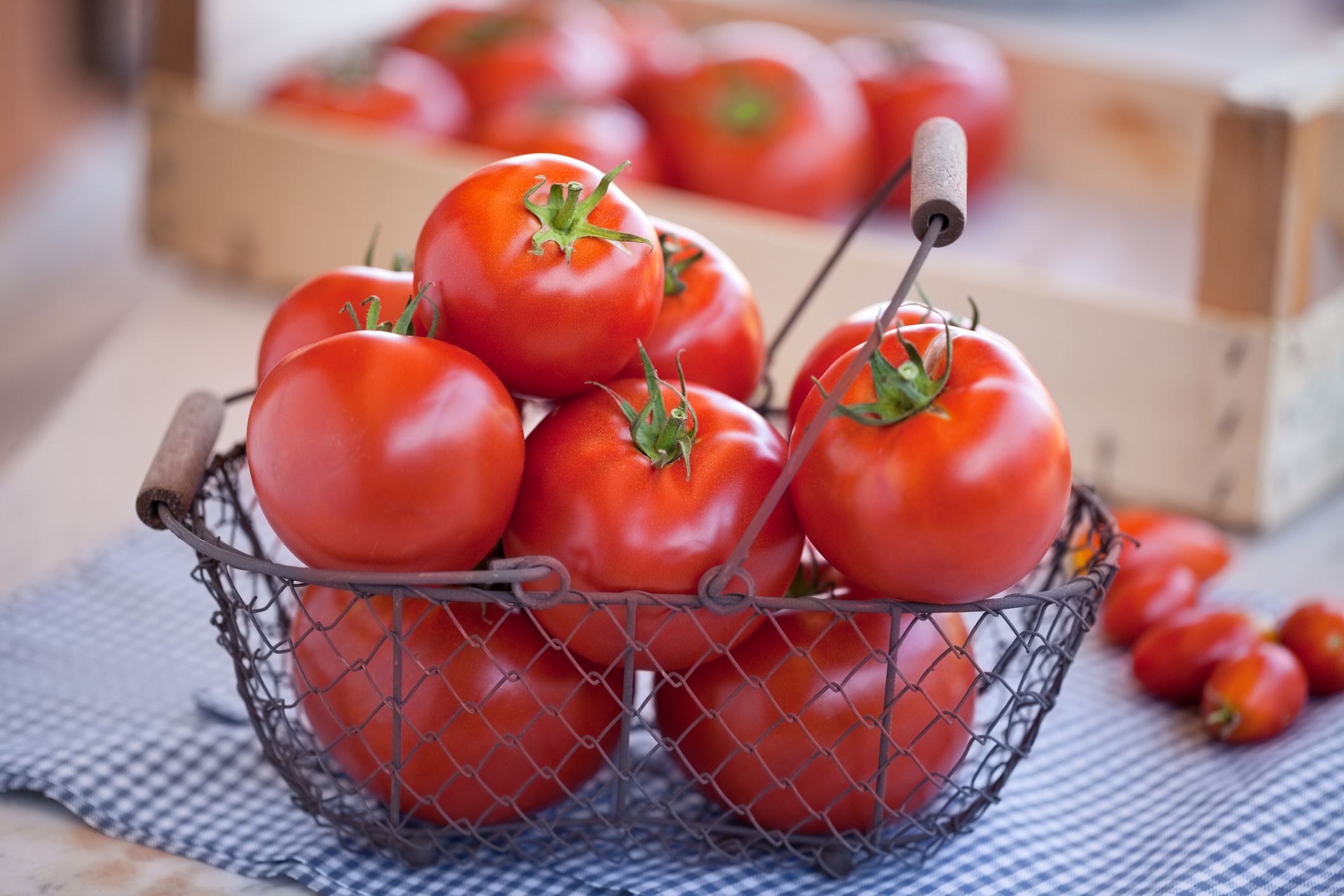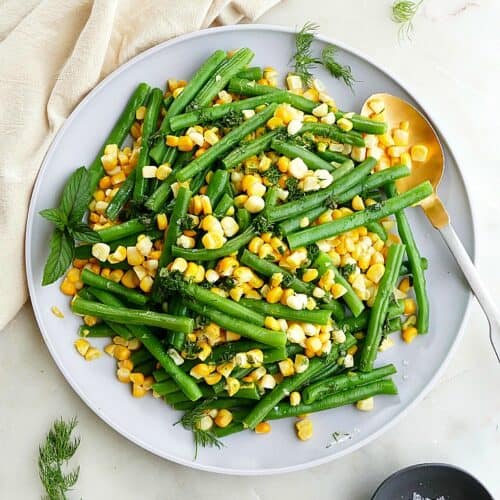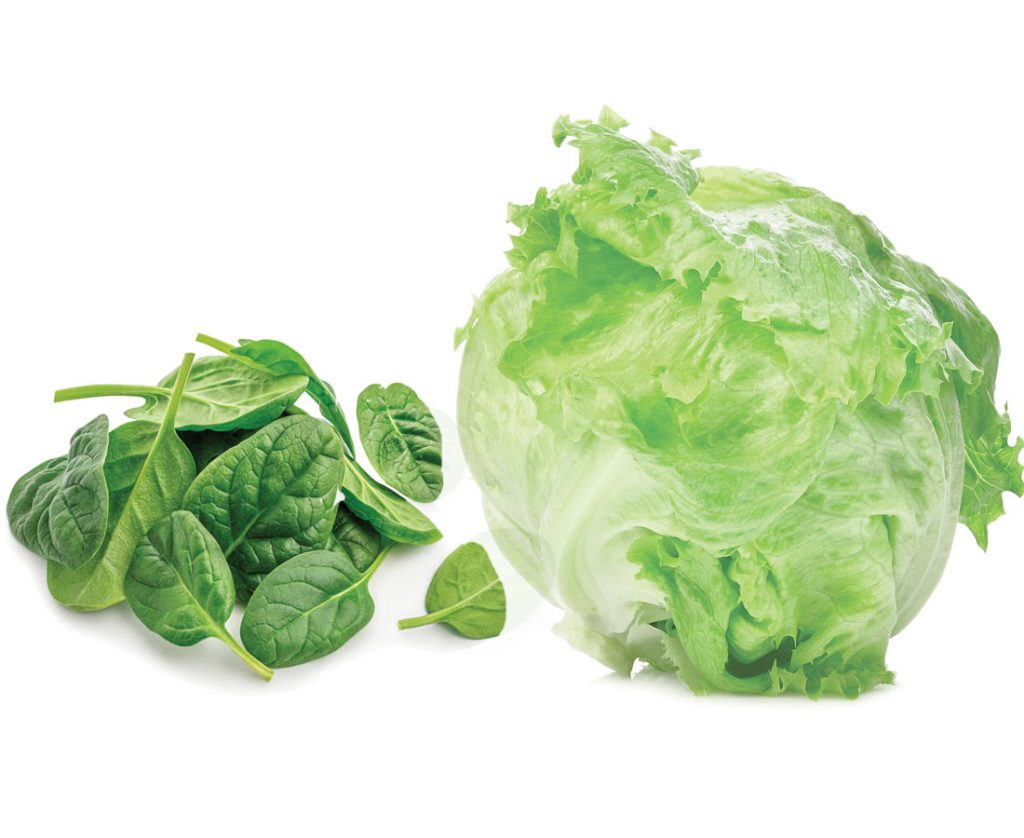Grow A More Productive Garden With Companion Planting
Grow a More Productive Garden with Companion Planting
Companion planting is a gardening practice that involves planting different types of plants together for mutual benefit. This can be done in a variety of ways, such as planting different vegetables together, planting flowers and vegetables together, or planting herbs and vegetables together.
There are many benefits to companion planting. For example, companion plants can help to:
- Improve soil fertility
- Repel pests and diseases
- Attract beneficial insects
- Provide shade and support
- Suppress weeds
In this blog post, we will discuss the benefits of companion planting and provide some tips for getting started.
Benefits of Companion Planting
There are many benefits to companion planting. Some of the most common benefits include:
- Improved soil fertility: Some plants, such as legumes, fix nitrogen in the soil, which can benefit other plants. Other plants, such as marigolds, can help to break down organic matter in the soil, which can also improve fertility.
- Pest and disease control: Many companion plants have natural pest-repelling properties. For example, basil can help to repel aphids, and marigolds can help to repel nematodes. Other companion plants can attract beneficial insects, such as ladybugs and lacewings, which can help to control pests.
- Attraction of beneficial insects: Companion planting can also help to attract beneficial insects, such as ladybugs and lacewings. These insects can help to control pests, which can improve the health of your plants.
- Shade and support: Some companion plants can provide shade and support for other plants. For example, tall plants, such as corn, can provide shade for shorter plants, such as tomatoes. Other plants, such as peas, can grow up trellises, which can provide support for vining plants.
- Suppression of weeds: Companion planting can also help to suppress weeds. For example, some plants, such as nasturtiums, can help to attract pests that would otherwise eat weeds. Other plants, such as marigolds, can help to release chemicals that inhibit the growth of weeds.
Tips for Companion Planting
If you are new to companion planting, there are a few things you should keep in mind:
- Do your research: There are many resources available to help you learn about companion planting. You can find books, articles, and websites that list different companion plants and the benefits they offer.
- Start small: Don't try to do too much at once. Start by planting a few companion plants together and see how they do. Once you have a few successful combinations, you can start to experiment with more.
- Be flexible: Not all companion plant combinations will work in every garden. The best way to find out what works for you is to experiment and see what happens.
Conclusion
Companion planting is a great way to improve the health and productivity of your garden. By planting different types of plants together, you can help to attract beneficial insects, repel pests, and improve soil fertility. If you are new to companion planting, start small and do your research. With a little planning, you can create a healthy and productive garden that is full of beautiful plants.
Companion planting is a gardening technique that involves planting certain vegetables together in order to benefit each other. There are many different benefits to companion planting, including:
- Increased yields
- Improved flavor
- Reduced pest and disease problems
- Enhanced soil health
If you're interested in learning more about companion planting, I recommend visiting the Gardenia Inspiration. This website has a comprehensive guide to companion planting, including a list of vegetables that can be grown together.
FAQ of vegetables that can be grown together
1. What are some vegetables that can be grown together?
There are many vegetables that can be grown together, but some of the most popular pairings include:
- Carrots and tomatoes: These two vegetables have different nutrient requirements, so they help to keep each other healthy. Carrots also help to deter tomato pests.

- Beans and corn: Beans fix nitrogen in the soil, which benefits corn. Corn provides shade for beans, which helps to protect them from pests.

- Lettuce and spinach: These two leafy greens can be planted together because they have similar growing requirements. They also help to shade the soil, which helps to retain moisture.

- Cucumbers and melons: These two plants can be grown together because they have similar water and nutrient requirements. They also help to support each other, as cucumbers can help to keep melons off the ground.

- Peas and onions: Peas fix nitrogen in the soil, which benefits onions. Onions help to repel pests that can damage peas.

2. How do I know which vegetables can be grown together?
There are a few things to consider when choosing vegetables to grow together. First, you need to think about their nutrient requirements. Some vegetables, like tomatoes, need a lot of nitrogen, while others, like lettuce, need less. You also need to consider their water requirements. Some vegetables, like cucumbers, need a lot of water, while others, like beans, can tolerate drier conditions.
Once you have considered these factors, you can start to look for vegetables that have complementary needs. For example, you might plant tomatoes and beans together, as tomatoes need a lot of nitrogen and beans fix nitrogen in the soil. Or, you might plant lettuce and spinach together, as they have similar water and nutrient requirements.
3. What are the benefits of companion planting?
There are many benefits to companion planting. For one, it can help to improve the health of your plants. When different plants are planted together, they can help to deter pests and diseases. They can also help to improve the soil quality by fixing nitrogen or attracting beneficial insects.
In addition, companion planting can help to increase your yields. When different plants are planted together, they can help to shade the soil, which helps to retain moisture. They can also help to support each other, which can prevent plants from toppling over.
4. What are some common mistakes to avoid when companion planting?
There are a few common mistakes to avoid when companion planting. First, you should not plant plants that have the same nutrient requirements together. This can lead to competition for nutrients, which can stunt the growth of both plants.
Second, you should not plant plants that attract the same pests or diseases together. This can make it more likely that both plants will be affected by pests or diseases.
Finally, you should not plant plants that have different water requirements together. This can lead to one plant being overwatered or underwatered, which can stress the plant and make it more susceptible to pests and diseases.
5. Where can I find more information about companion planting?
There are many resources available to help you learn more about companion planting. Here are a few suggestions:
- The Companion Planting Handbook: This book by Louise Riotte is a comprehensive guide to companion planting. It includes information on which vegetables can be grown together, as well as tips on how to improve the health and yields of your plants.

- The Vegetable Gardener's Bible: This book by Mel Bartholomew is a classic guide to vegetable gardening. It includes a section on companion planting, as well as information on how to select the right vegetables for your climate and how to care for them.

- The Gardener's Companion: This website by Barbara Damrosch is a great resource for information on companion planting. It includes a searchable database of companion plants, as well as articles and videos on the topic.

Image of vegetables that can be grown together
- Carrots and onions. These two vegetables help each other out by repelling pests. The onions' strong scent helps to deter carrot fly, while the carrots' roots help to aerate the soil for the onions.

- Beans and corn. Beans fix nitrogen in the soil, which is beneficial for corn. Corn provides shade for the beans, which helps to keep them cool and prevent them from getting powdery mildew.

- Lettuce and tomatoes. Lettuce doesn't need a lot of space, so it can be planted between tomatoes. The lettuce helps to suppress weeds and the tomatoes provide shade for the lettuce.

- Peas and spinach. Peas and spinach are both cool-season vegetables, so they can be planted together in the spring or fall. Peas help to improve the soil structure for spinach, and spinach helps to suppress weeds.

- Squash and cucumbers. Squash and cucumbers both need full sun, so they can be planted together in the same bed. The squash's large leaves help to shade the cucumbers, which helps to prevent them from getting sunburned.
Post a Comment for "Grow A More Productive Garden With Companion Planting"